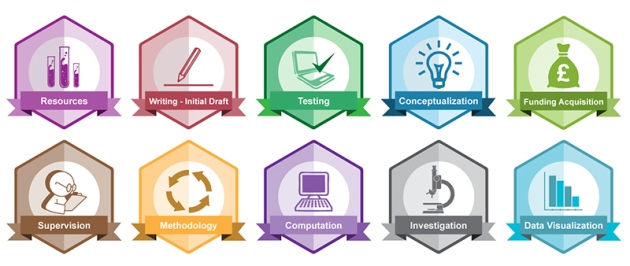
The Difference Between Macro- and Micro-credentials, Digital Badges, and What They Mean for Your Association
A professional’s education never ends. You may have started your career using a bachelor or a graduate degree to prove your qualifications, but in the workforce you are constantly enhancing your skills, developing new techniques, and growing professionally through your individual experiences. However, it’s not as easy to illustrate that independent professional development as it is to hang a diploma on your office wall. Micro-credentialing can assist with that.
Micro-credentialing is the process of earning credentials through performance-based assessments that showcase skills in specific topic areas. Where macro-credentials typically refers to broad based qualifications that can be shown through a degree or a certification, micro-credentials are like mini-degrees in which you would complete an activity such as taking an online test, creating a presentation, or writing a report. These demonstrations are then reviewed by a panel or team of experts to ensure your micro-credential is accurately representative of your hard work. Your micro-credential is then awarded proof through a digital badge. This can take the form of a document or image file or another item to show you’ve completed the qualification.
Now the question is, are these new types of credentialing right for your association? When considering whether your association should offer a micro-credential, it is important to know not only what the terms macro-credential, micro-credential, and digital badge mean, but to what extent they fit into your education programs, if at all.
Association TRENDS sat down with Mickie Rops, FASAE, CAE, president of Mickie Rops Consulting to discuss these new forms of certification. According to Rops, “a macro-credential covers the breadth of a profession. For instance, the Certified Association Executive of the American Society of Association Executives, will test the certification candidate on the scope of the association management profession, from finances to governance, to volunteer leadership and so on. And then there are small-scale learning programs that target specific areas of a profession, and they can be held up as examples of a “micro-credential.”
But Rops advises associations to avoid using the terms “macro-“ and “micro-credential“ to describe their programs.
“As you can imagine, ASAE doesn’t call the CAE a macro-certification. It’s just called ‘the CAE,’ it’s a certification. And so I would encourage you to focus on the concept and not really the words. You likely won’t call any of your programs ‘micro-this’ or ‘macro-that.’ It’s really about the chunks of knowledge that are important to your audience,” said Rops.
Rops also warned about using the term “digital badge” stating, “It’s often used synonymously with micro-credential, and that’s not accurate.”
A digital badge is a visual representation of a credential that is displayed and verified online. A digital badge might also represent other forms of achievement. When the badge is clicked on, a page will pop up that will typically explain what the badge represents, how it is earned, and so forth. Providing a digital badge is especially helpful in promoting the association, and sharing information on how to achieve what the badge represents.
Knowing the difference between a macro- and a micro-credential will help your association determine what is best suited to your members and constituencies. Do your members need to be well-rounded in all aspects of your profession (macro) or will strength in specific areas be more helpful to them (micro). Can you create a path where your micro-credentials lead to an overall macro-credential? And when you’ve decided on the credentials you will offer; how will you begin the process of creating a digital badge for them?
Mickie Rops led the Association TRENDS webinar “What About Micro-credentialing: Which Model (If Any) is Right for You?” on January 25th to assist your association with answering these questions. To watch this archived webinar, click here.


